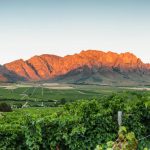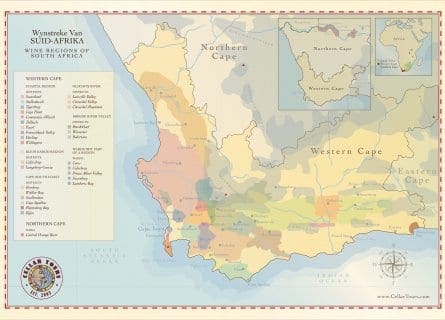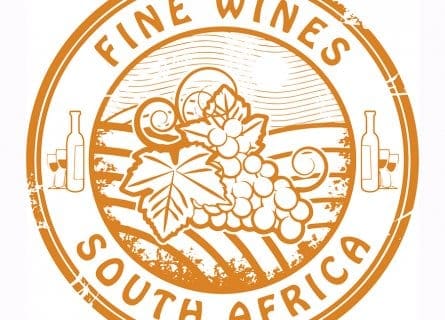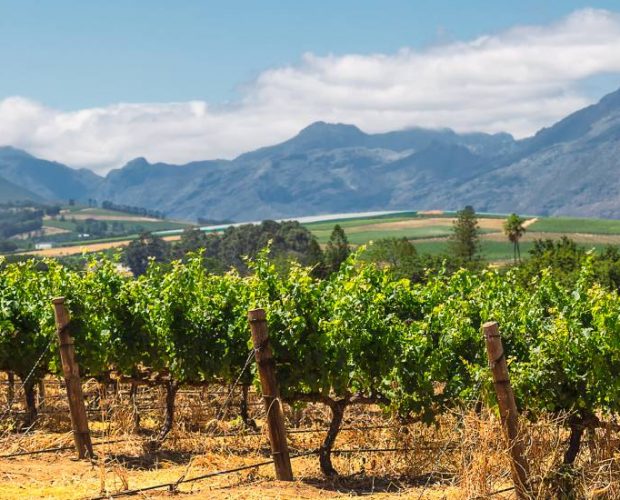
Stellenbosch Travel Guide
Where Heritage Meets Innovation in the Heart of the Cape Winelands
There can be no finer introduction to the majesty of the Cape Winelands than the historic town of Stellenbosch. It is simply everything you’d expect and more from a top wine destination: flanked by spectacular mountains and boasting the region’s oldest university, Stellenbosch is surely one of the world’s most beautiful and dynamic wine centers.
Today, Stellenbosch retains its (deserved) status as South Africa’s leading fine wine region, yet the settlement was founded relatively recently in the 17th Century. Intrepid Dutch settlers, led by the then governor of the Cape, Simon Van der Stel, came across a small island on the Eerste River in 1697 and named it Stellenbosch, which means van der Stel’s bush.
Early Settlement and Viticulture
After the initial discovery, it quickly became obvious that van der Stel had chosen the ideal site to raise a thriving and prosperous settlement. For a start, the natural conditions were perfect for agriculture, and the settlers, marveling at the benign climate of the region and rich fertile soils, soon planted some of South Africa’s first vines. Later, construction of the settlement’s inaugural buildings began in 1687, and the region’s first church was completed in 1687. Indeed, Stellenbosch was on the up, and other settlers flocked to the area to take advantage of its thriving conditions, pleasant climate, and spectacular beauty.
However, Dutch settlers were not the only people drawn to the Western Cape. In 1688, French Huguenots (Protestants) fleeing persecution in Europe arrived in South Africa and were granted land in the Stellenbosch and Franschhoek wine zones. With them came a fantastic depth of expertise and viticultural know-how, which was immediately put to good use in the Winelands.
Challenges and Rebuilding Efforts
However, in the early 18th Century, a tragedy befell the rapidly growing town. A devastating fire wiped out most of Stellenbosch’s key buildings in 1710, including residential homes and the church. Nonetheless, the town’s determined citizens quickly mobilized and drew up plans to rebuild Stellenbosch, which included moving the second church to the outskirts of the town to prevent any similar incident from destroying it again.
Sadly, a second fire did cause yet more devastation in Stellenbosch in 1803, destroying over 35 homes but, thankfully, not the town’s church. However, thanks to the hard work of its citizens, Stellenbosch was rebuilt and restored to its former glory in no time at all. Mindful of the possibility of more damage, the town’s ruling committee decided to replace the traditional Cape Dutch thatched homes with Georgian-style double-story constructions, which were much more robust and fire-resistant.
Growth and Prosperity in the 19th Century
The mid and latter half of the 19th Century would see more growth and prosperity in Stellenbosch, including the opening of South Africa’s first girls’ school, the Rhenish Girls’ High School, which was constructed in 1860. Many new homes also appeared toward the end of the nineteenth Century, especially along the fertile land near the river – Stellenbosch was thriving and going from strength to strength. Moreover, during this period, the country’s reputation as a fine wine producer flourished: the country’s legendary dessert wine, Vin de Constance, was recognized as one of the world’s great sweet wines, produced in South Africa’s oldest wine estate.
By now an important economic and cultural center in South Africa, Stellenbosch was destined to play an important role in several key events of the 20th Century. During the second Anglo-Boer War between British colonial forces and the Boer states, Stellenbosch was used as a British military base and became a “remount” camp. In this place, officers were seconded after being removed from the front lines. The war reached a peaceful conclusion in 1902. However, the damage to the area’s wine industry was already done; phylloxera, in conjunction with the collapse of the British market for Cape wine, destroyed much of the hard work achieved by the area’s growers.
The Era of Apartheid and Its Impact
In the mid and latter parts of the 20th Century, Stellenbosch and, indeed, South Africa’s history would be defined by apartheid, a legally sanctioned racial segregation that endured for over 40 years. The region’s industries, particularly the wine industry, were stifled during this dark period, as international condemnation resulted in export markets drying up for South African wine. As a result, the KWV was formed in 1981, a giant cooperative designed to provide a market and control prices for everything produced in the Cape, regardless of quality. But although it saved the industry from possible financial death, it stagnated the development and dynamism of the nation’s winemakers for several decades.
The end of apartheid in 1994 signaled a new era for Stellenbosch and its wine growers, allowing growers and entrepreneurs to invest in and market their wines to new audiences worldwide. Their international success is mainly responsible for Stellenbosch’s prosperity today – a fitting symbol of the dynamism and optimism that defines 21st-century South Africa.
-
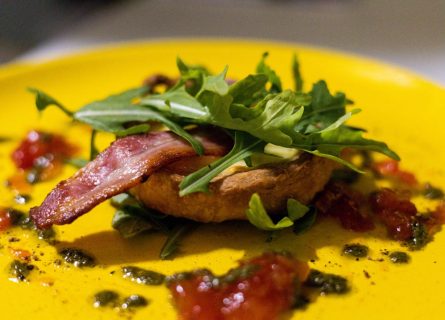
The Excellent 96 Winery Road Never Fails to Please Gastronomy and Wine
When Archbishop Desmond Tutu called South Africa the ‘Rainbow Nation,’ he described the very essence of what makes this beguiling nation so extraordinary – its amazing diversity. An attribute that also understandably defines South African cuisine, with the delicate (West Coast seafood), the hearty (karoo meat feasts), the fragrant (Cape Malay stews), and the spicy (Durban curries) all playing an important role.
Stellenbosch, as a major tourist and wine center, is one of the best places in Africa to search for high-quality cuisine. Its numerous hotels and restaurants cover all the bases: from molecular gastronomy to hearty and calorific, from chic to rustic. There is abundant fresh, local produce due to the region’s highly fertile soil, fully harnessed by the town’s growing firmament of talented chefs. These individuals have often worked a stint abroad. Moreover, the benign climate also means plenty of alfresco options, and it’s pretty rare in Stellenbosch to be forced to eat indoors.
In terms of finding a memorable meal, many of the local surrounding wineries boast good restaurants and are a great place to start. Jordan Winery has a very popular restaurant, as does Ken Forrester, the consistently reliably excellent 96 Winery Road. Meanwhile, closer to home, the Apprentice Institute of Culinary Arts in Stellenbosch has a small, inspired menu and brilliant, friendly service – one of our favorites in the town. Or, try Brampton Wine Studio, a den of comfort food – the outstanding gourmet pizzas – that doubles up as Brampton Winery’s tasting room in a delightful pavement cafe setting.
Wine-wise, you are truly spoilt for choice in this part of the world. Yes, it’s a terrible cliché but also an undeniable fact: the surrounding Winelands offer an incredible diversity of wine styles, terroirs, and micro-climates. Everything is up for grabs in the Western Cape, from top-notch sparkling wine to sun-kissed rose, meaty Shiraz to elegant, subtle Pinot Noir. Moreover, most wineries have inviting tasting rooms, and there isn’t a restaurant in Stellenbosch without a healthy selection of local vintages. The only problem is knowing where to start.
Nearby Wine Regions
-
 Explore Franschhoek Valley's serene beauty and Huguenot history, featuring world-class wines, gourmet dining, and breathtaking mountain views Read more
Explore Franschhoek Valley's serene beauty and Huguenot history, featuring world-class wines, gourmet dining, and breathtaking mountain views Read more -
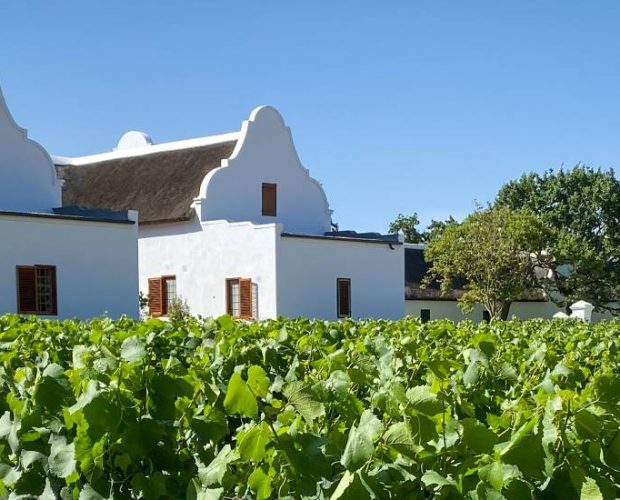 Paarl, wine region: Red varieties thrive in high summer temps. Bordeaux, Rhone, and emerging whites redefine its wine tradition. Read more
Paarl, wine region: Red varieties thrive in high summer temps. Bordeaux, Rhone, and emerging whites redefine its wine tradition. Read more -
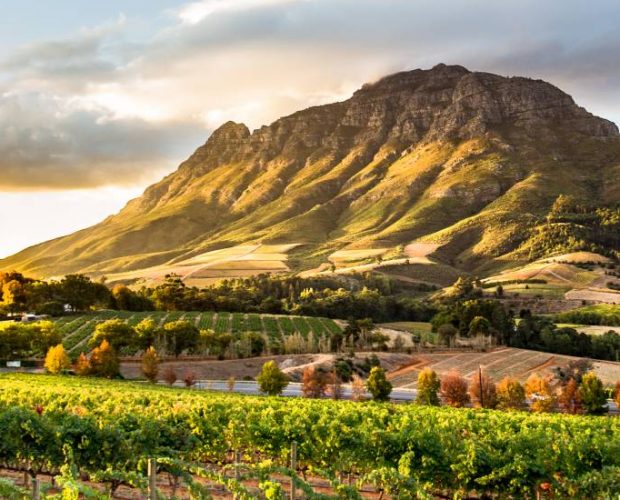 Stellenbosch's diverse terroir and ancient soils create exceptional wines in a Mediterranean-influenced climate, offering a world-class experience. Read more
Stellenbosch's diverse terroir and ancient soils create exceptional wines in a Mediterranean-influenced climate, offering a world-class experience. Read more
Highlights
-
DeMorgenzon Winery
One of the region’s leading wineries, DeMorgenzon is undoubtedly the Western Cape’s most beautiful farm. An idyllic tasting room and an extensive range of superlative wines only add to the appeal.
-
Johan Coetzee Gallery
Stellenbosch’s finest modern art museum, the Coetzee gallery specializes in original paintings by South African masters and other well-known South African artists. They are also the exclusive stockist in the Cape Town area of wooden and ceramic birds by FEATHERS of Knysna. Well worth a look.
-
Cederberg Mountains
Bizarre sandstone formations, San rock art, and craggy mountains all make the Cederberg Wilderness area a must -visit natural wonder. There are hiking trails across 240-sq-km area with views to die for.
Recommended for you
More information
If you would like us to customize an exclusive luxury tour, contact us and let us know your travel plans. We offer luxury food and wine tours for private groups of a mininium two guests. In addition, all of our private, chauffeured tours are available year-round upon request.

